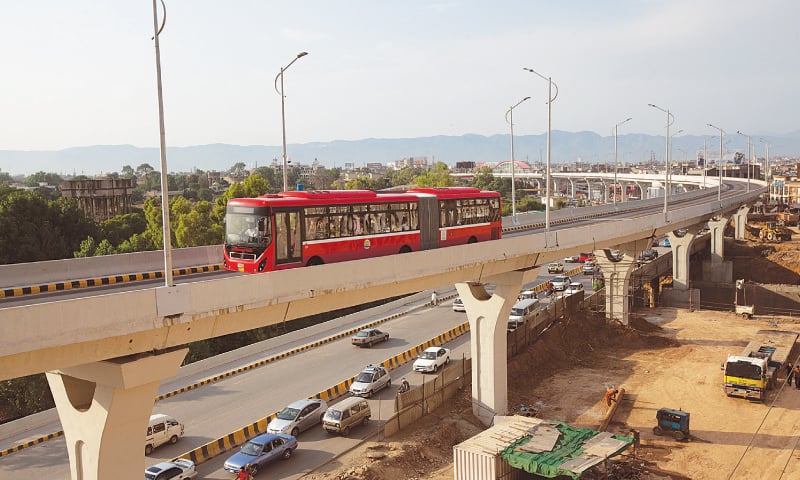

**Punjab’s Metro Fare Structure Set for Major Revamp**
In an effort to enhance and refine public transit, Punjab’s metro system is on the verge of a major revamp of its fare structure. This initiative seeks to boost commuter ease, enhance revenue collection, and incorporate state-of-the-art technology into the fare management system.
**Present Issues**
The current fare system within Punjab’s metro network has received criticism for its complexity and lack of efficiency. Commuters frequently face problems such as lengthy lines at ticket counters, inconsistent fare rates, and outdated payment options. These issues have led the authorities to reconsider and redesign the fare system to cater to the increasing number of metro passengers.
**Suggested Modifications**
The suggested overhaul will implement a dynamic fare framework that adjusts costs based on variables like time of day, distance traveled, and demand. This approach, akin to models utilized in major global cities, aims to maximize metro usage and alleviate congestion during peak times. By encouraging travel during off-peak hours, the system aspires to balance passenger distribution and enhance the overall commuting experience.
**Technological Advancements**
A crucial element of the revamp is the incorporation of advanced technology. The updated system will offer contactless payment alternatives, permitting commuters to pay through mobile applications, smart cards, or digital wallets. This transition to cashless transactions is anticipated to speed up the boarding process and lessen the dependence on physical tickets.
Moreover, real-time data analytics will be used to monitor passenger traffic and adjust services accordingly. This data-driven strategy will empower the metro authorities to make knowledgeable decisions regarding scheduling and resource distribution, ultimately augmenting operational efficiency.
**Advantages for Commuters**
For passengers, the reimagined fare system guarantees a more streamlined and user-friendly experience. With adaptable pricing and several payment options, travelers can relish enhanced convenience and possibly reduced travel expenses. The expected decrease in wait times and easier access to fare details are likely to persuade more individuals to choose metro travel over private vehicles, aiding in decreased traffic congestion and promoting environmental benefits.
**Implementation Schedule**
The launch of the new fare system will take place in stages, with pilot initiatives commencing on specific metro lines prior to a comprehensive rollout. Authorities are dedicated to engaging with stakeholders, including commuters, to collect feedback and implement necessary changes during the transitional phase.
**Final Thoughts**
Punjab’s metro fare system overhaul signifies a substantial move towards modernizing public transportation in the area. By adopting technology and implementing a flexible pricing approach, the metro authorities intend to develop a more efficient, accessible, and sustainable transit solution for Punjab’s residents. As the project unfolds, it is anticipated to serve as a model for other cities aiming to enhance their public transit systems.






